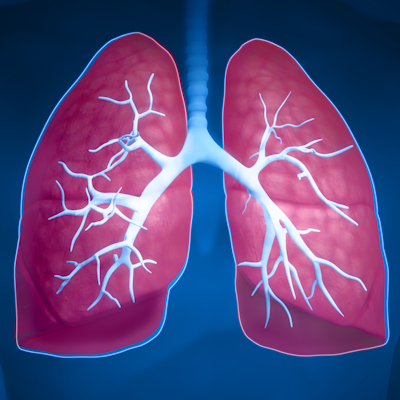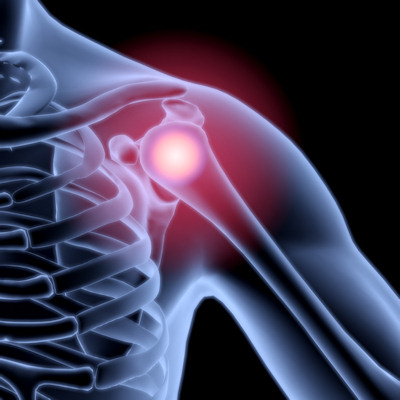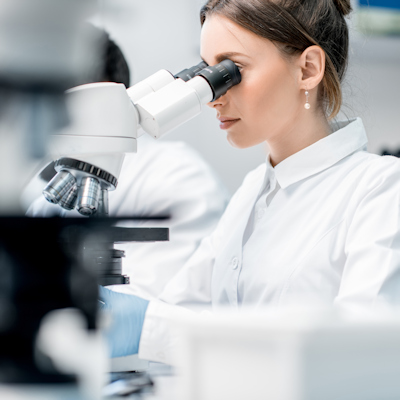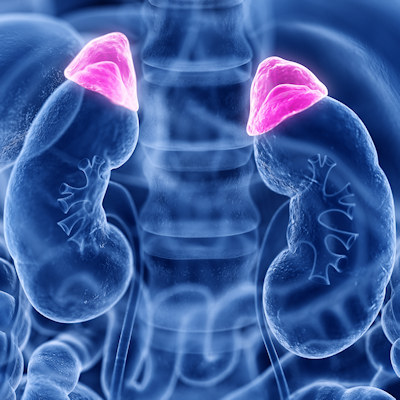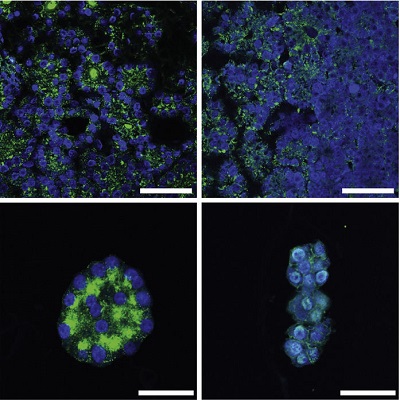January 6, 2023 -- Manipulation of magnetic microdroplets has revealed how stem cells in a living embryo mechanically test their environment to communicate with neighboring cells.
Communication between cells is essential to the development of tissues and organs, but key aspects of the process remain mysterious. Researchers have shown how cells receive biochemical signals to build a picture of their environment and have established that cells also detect mechanical cues. However, there is a lack of knowledge about the specifics of mechanical communication between cells.
Scientists have shown that mechanical sensing informs cell division, movement, and differentiation. Some of the evidence comes from a study that placed cells on different synthetic substrates. The stiffness of the substrate determined what the stem cells became, with cells put on bone-like material becoming bone cells and cells put on brain-like material becoming neurons. The research enabled biomedical uses of stem cells, but left the question of how cells behave in vivo unanswered.
A study published recently in Nature Materials has now provided insights into mechanical sensing in the body. The work may have implications for tissue engineering.
The study, which was primarily completed at the University of California, Santa Barbara, used a tool developed in the lab of professor Otger Campàs to probe the cell's native mechanical environment inside embryos.
The technique uses biocompatible, magnetically responsive ferrofluid microdroplets to send mechanical signals and mimic the forces experienced by cells in vivo. By inserting droplets between cells and controlling them with a magnetic field, the researchers showed how cells probe the stiffness associated with deformations of the foam-like structures they form collectively.
"We first studied how cells mechanically test their microenvironment as they differentiate and build the body axis of a vertebrate, as they differentiate," Campàs said in a statement. "Cells used different protrusions to push and pull on their environment. So we quantified how fast and strong they were pushing. Right at the moment that cells differentiate and decide to change their fate, there is a change in the material properties of the tissue that they perceive."
According to Campàs, the stiffness of the tissue decreases at the point that cells differentiate. Based on the current evidence, it is unclear if the change in stiffness triggers differentiation, but Campàs sees "an interplay between the mechanical characteristics of the structures that cells collectively build, such as tissues or organs, and the decisions they make individually."
In tissue engineering, engineers currently use synthetic polymer or gel scaffolds to encourage stem cells to form cartilage, bone, and other tissues for biomedical applications, but it is possible materials that mimic the foam-like structure found in nature will perform better.
Copyright © 2023 scienceboard.net




